In her frugality (borne out immigrant pragmatism), my mother unwittingly inspired my spare design sensibilities. Ever since she picked up an unloved Alvar Aalto Artek High Chair at a New England yard sale in the 1970’s for a song, I have gravitated to Scandinavian design. “This is a classic,” she told me, “and it will last a long time.”
I recently indulged my now obsession and spent an afternoon reading Scandinavian Modern, the latest in a series of books on Scandinavian design by Magnus Englund and Chrystina Schmidt, founder of UK Scandinavian design chain Skandium. A walk-through history of modern design in Scandinavia, from its emergence between the first and second World Wars to its midcentury heyday, the book culminates in the resurgent popularity of Scandinavian design today. It’s divided into two sections, Elements and Living–the first explores Scandinavian materials and the second presents a tour of a dozen Scandinavian dwellings, from modern country houses to classic urban apartments.
We particularly like Danish ceramicist Grethe Meyer‘s earthy, warm house designed and built in the 1960’s. Meyer, who died in 2008, originally trained as an architect and later became known for her ceramic designs for Royal Copenhagen. Filled with her own tableware, as well as furniture that she designed with good friend and Danish design compatriot Bí¸rge Mogensen, her rooms present ideas about modular systems that remain fresh and influential today. Have a look:
Photography by Andrew Wood.

Above: The open shelves in Grethe Meyer’s dining room are filled with decades worth of ceramics of her own design. The Shaker table and chairs are by Meyer’s friend and collaborator Bí¸rge Mogensen, created for the Danish Consumer Co-operative in 1944. The PH 5 Pendant Lamp, another Scandinavian classic, is by Paul Henningsen.

Above: The í˜resund kitchen system designed by Mogensen and Meyer was a precursor to many of the built-in kitchens we see today (we have a feeling Ikea’s designers have taken note). Meyer’s colorful ceramics sit on the top shelf.

Above: The brass pendant lamp, another Meyer design, is reminiscent of one of her bowls turned upside down.

Above: In her living room, Meyer used the Model 2213 sofa, a 1962 Mogensen design originally made for his own home. It’s the standard sofa in Danish embassies throughout the world. Clamp-on reading lights are an easy way of providing task lighting where required.

Above: A Mogensen and Meyer collaboration, the 1952 Boligens Byggeskabe wall unit broke new ground in modular design and went on to become a best seller.
Above: See 11 other Scandinavian interiors in Scandinavian Modern by Magnus Englund and Chrystina Schmidt, published by Ryland Peters and Small; $29.95. The book is available in the UK through Ryland Peters and Small; £19.99.
For more great books, have a look at our Required Reading posts. And if you’re looking for gift books, two to consider: our own Remodelista, A Manual for the Considered Home and New York City of Trees by Benjamin Swett.
Frequently asked questions
What is the book ‘Scandinavian Modern’ about?
The book ‘Scandinavian Modern’ is about the exceptional design furniture collection of the retailer Skandium, exhibiting the period of time between 1925 and 1975.
Who wrote the book ‘Scandinavian Modern’?
The book ‘Scandinavian Modern’ was written by Magnus England, who is a renowned interior designer and the founder of Skandium.
Is the book only for interior designers?
No, the book ‘Scandinavian Modern’ is for anyone interested in the history of interior design, particularly the Scandinavian style.
Where can I buy the book ‘Scandinavian Modern’?
You can purchase the book ‘Scandinavian Modern’ directly from Skandium’s website or from other online retailers such as Amazon.
Are there any other books written by Magnus England?
Yes, Magnus Englund has written several other books on the subject of Scandinavian design and architecture.
Can I find out more about Skandium’s furniture collection?
Yes, you can visit Skandium’s website to view their full furniture collection or visit their retail stores in London.

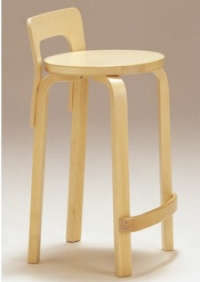
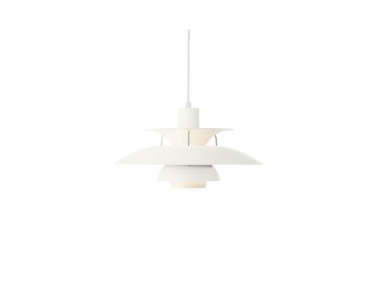
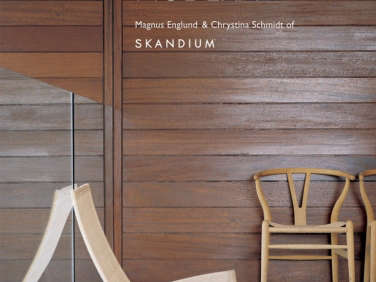
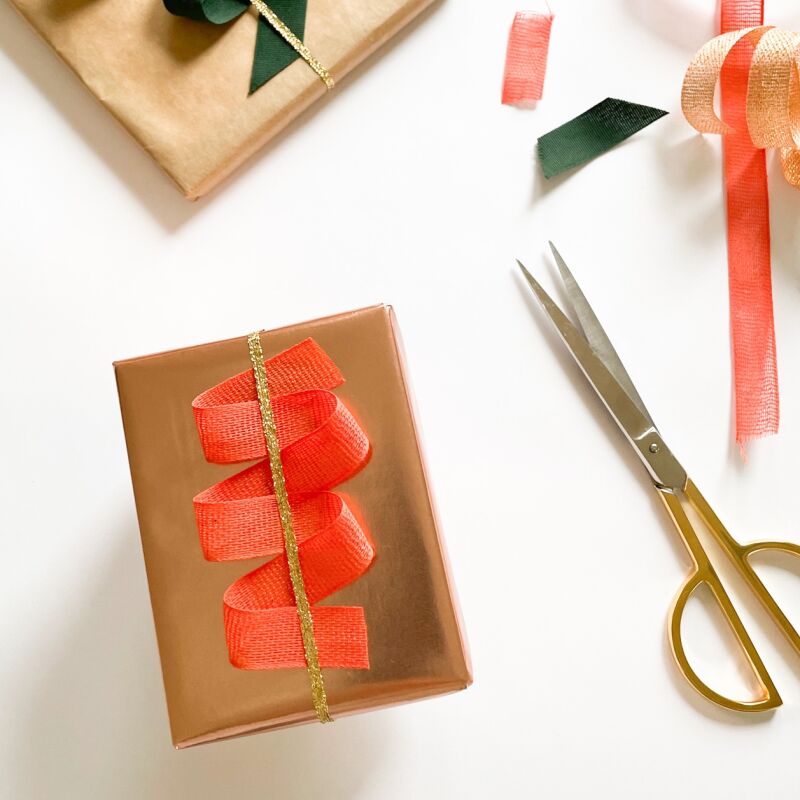
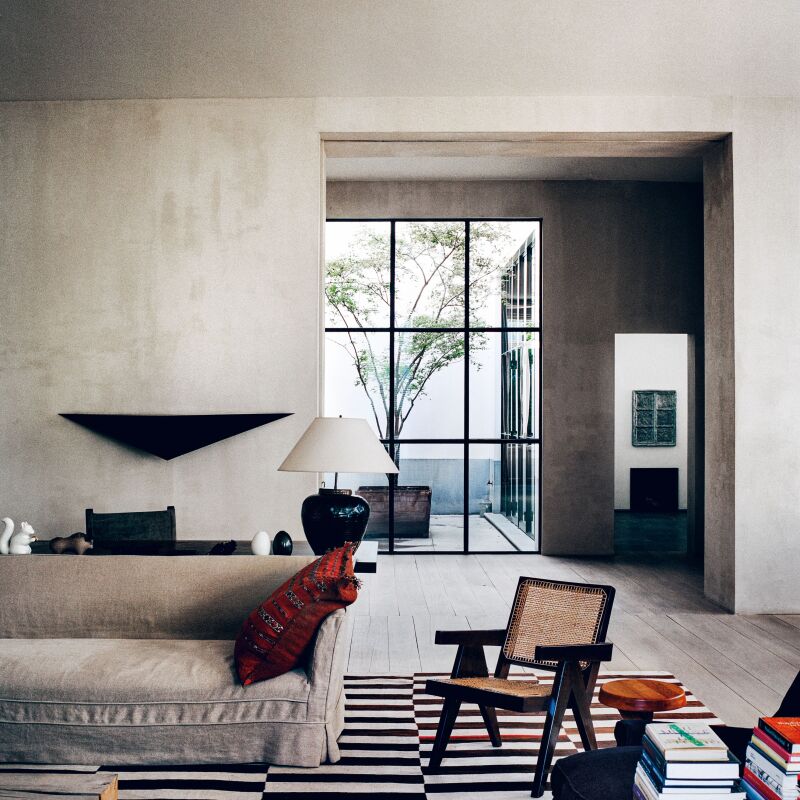
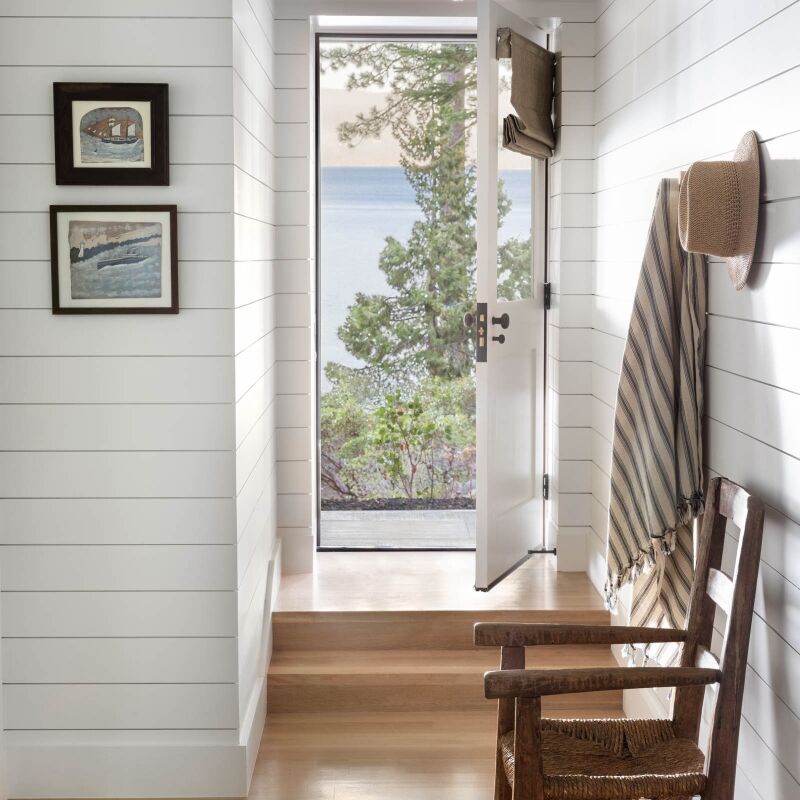

Have a Question or Comment About This Post?
Join the conversation